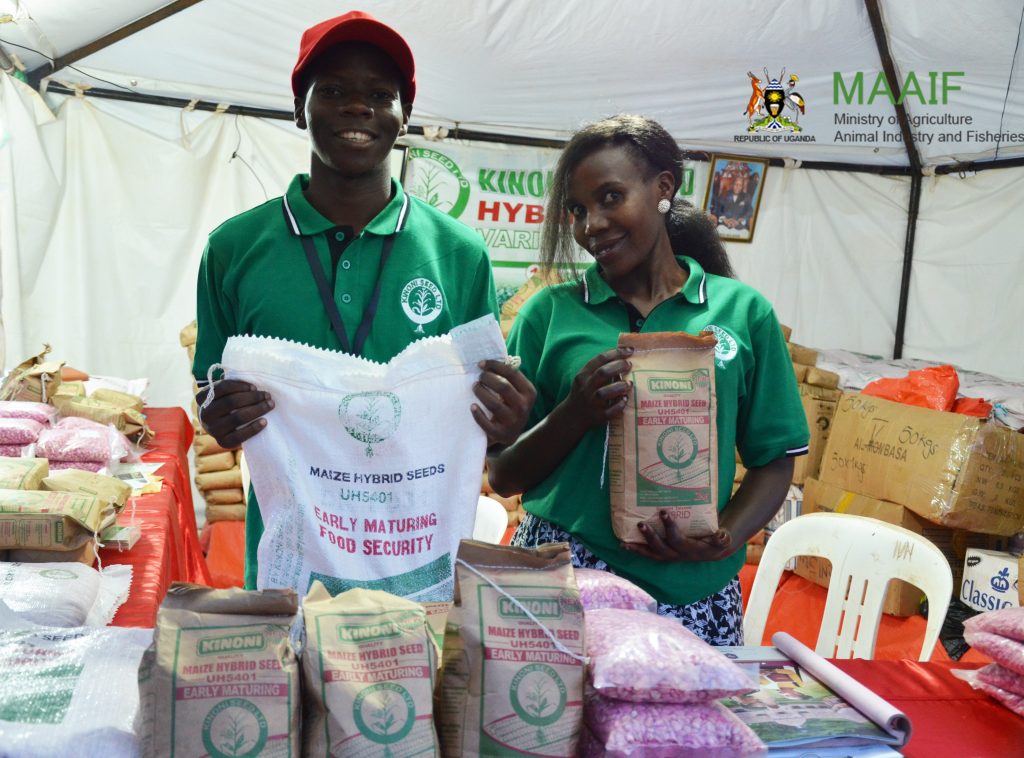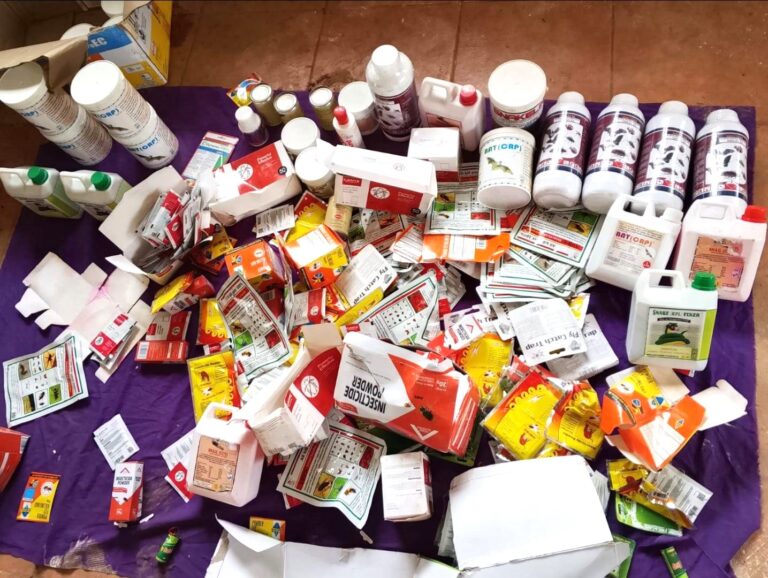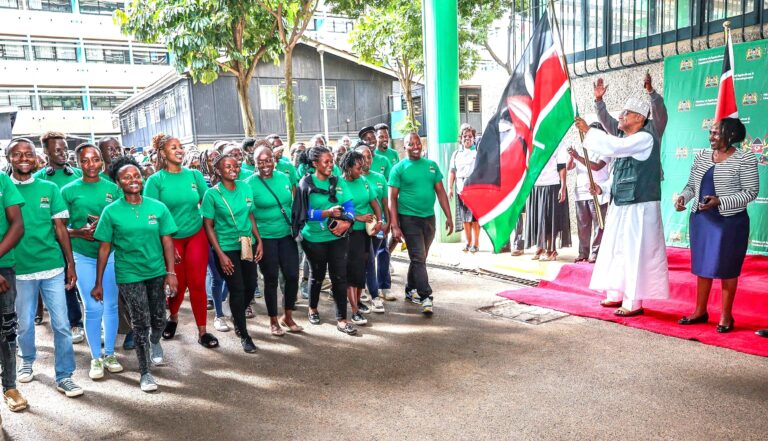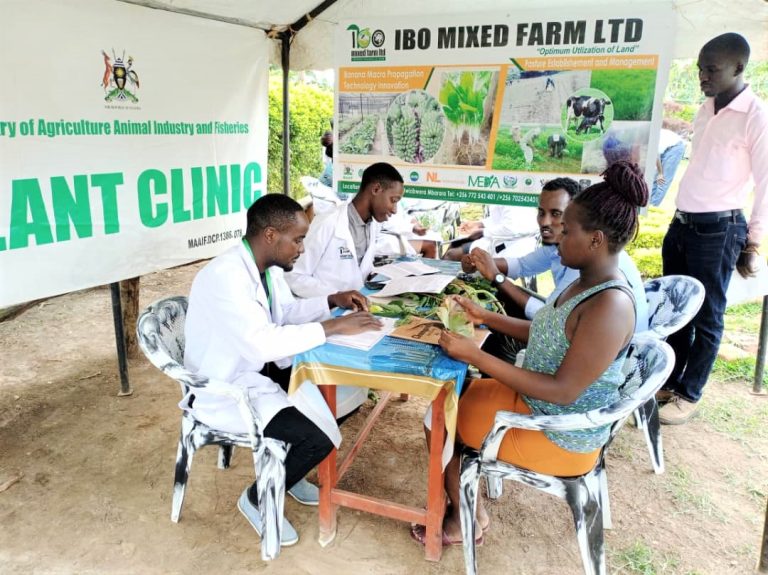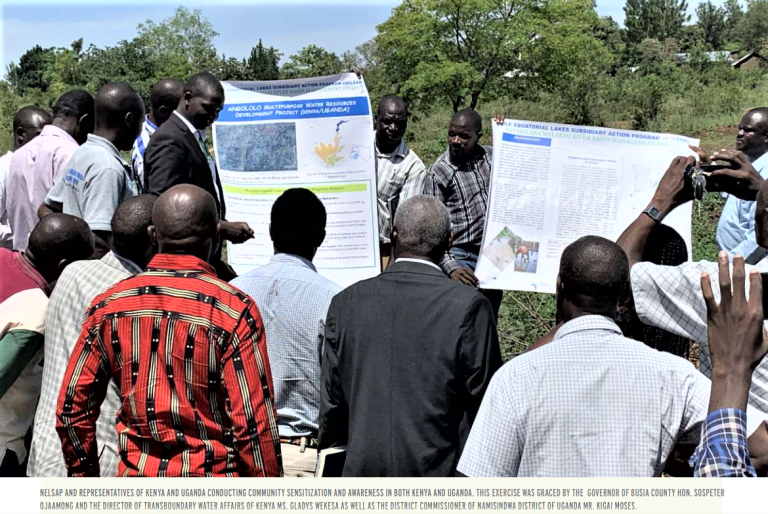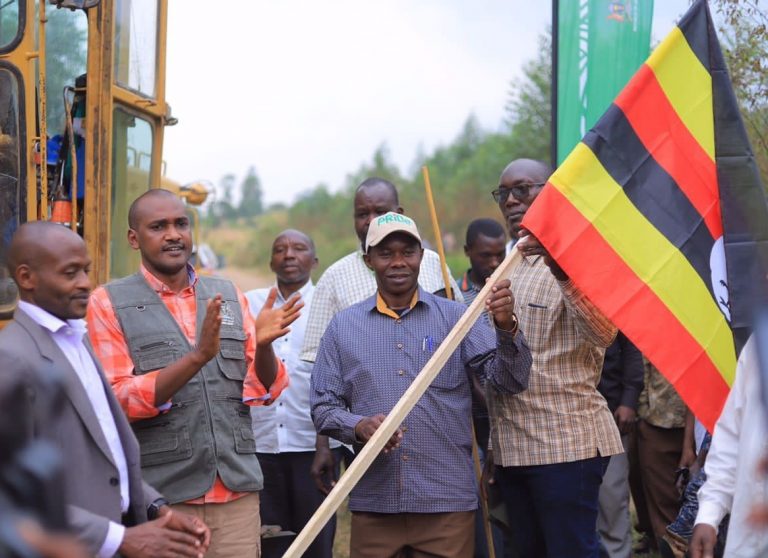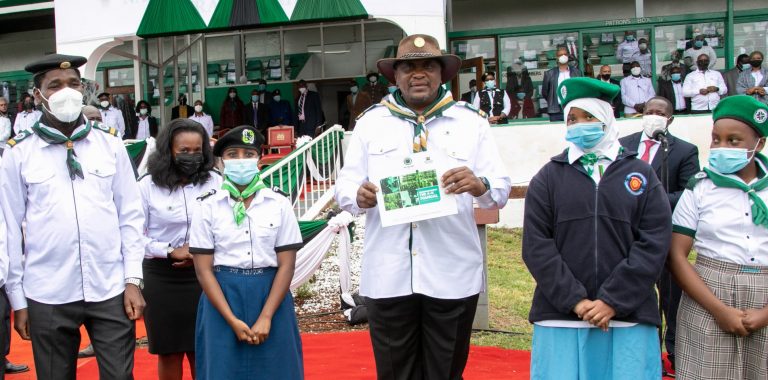As one of 55 member states of the African Union that are signatory to the Comprehensive Africa Agriculture Development Programme (CAADP) and other continental and global frameworks for agricultural planning and development, Uganda developed a National Strategy for Youth Employment in Agriculture.
The strategy is being implemented through a multi-stakeholder approach with the leadership of the Ministry of Agriculture Animal Industry and Fisheries, line Ministries and the Food and Agriculture Organisation of the United Nations (FAO).
Over the last 30 years, the issues of youth employment have risen high on the development agenda. Nearly, a third of the world population are between the ages of 15 and 34 years and live in developing countries.
In Africa today, over 60% of the population are below the age of 25 years. Youth employment is very high on the global development agenda. Goal 8 of the Sustainable Development Goals (SDGs) on Full and productive employment and decent work for all sets dedicated targets on youth (see Box 2). Several UN organizations, including FAO, are actively engaged in global processes and fora on youth employment, such as the Inter-Agency Network on Youth Development (IANYD) and its System-wide Action Plan on Youth (UN Youth-SWAP), as well as the Global Initiative on Decent Jobs for Youth (DJ4Y).
Overall, numerous metrics point to the fact that the youth face enormous challenges in entering into the labour market, and getting productive and decent jobs, in particular:
• Over 74 million youth (aged 15-24), were unemployed in 2013, an increase of more than 700,000 over the previous year
• The global youth unemployment rate was about 13 percent, which is about three times as high as the adult unemployment rate.
• There were 37.1 million fewer young people in employment in 2013 than in 2007.
• The global youth labour force participation rate of 47.4 percent in 2013, was more than two percentage points below pre-crisis level, as more young people dropped out of the labour market.
• The share of young people in the 15-29 age group who are neither in employment, education or training, rose in 30 of the 40 countries for which data were available in 2013.
• In developing countries, 60 percent of workers in the 15-29 age group lacked a stable employmentcontract, 60 percent had below average wages, 80 percent were in informal employment in 2012.
A number of strategies have been put in place to ensure sustainable and inclusive growth in Europe. Europe 2020, the European Union’s ten-year growth strategy, sets the framework for a coordinated response in order to emerge stronger from the crisis and to improve the long-term prosperity of its citizens, including youth.
This strategy is an outcome of a highly participatory process that was spearheaded by MAAIF. The technical process was conducted by a Technical Working Group (TWG) and with technical support from UN-FAO. It comprised of experts drawn from MAAIF, Ministry of Gender Labour and Social Development (MoGLSD), National Planning Authority (NPA), Uganda Coffee Development Authority (UCDA) and Youth Associations, and was chaired by the NPA. The stakeholders who participated in the strategy development process include MAAIF Officials (led by the Department of Agricultural Investment and Enterprise Development), National Planning Authority (NPA), Ministry of Gender, Labour and Social Development (MGLSD) Officers; FAO, and other UN-Agencies, Civil Society Organizations (CSOs), Local Government officials, selected farmers in crop, animal industries as well as fisheries and aquaculture, Private sector, United States Agency for International Development (USAID), Building Resources Across Countries (BRAC), Sasakawa Global 2000 and Gayaza High School among others.
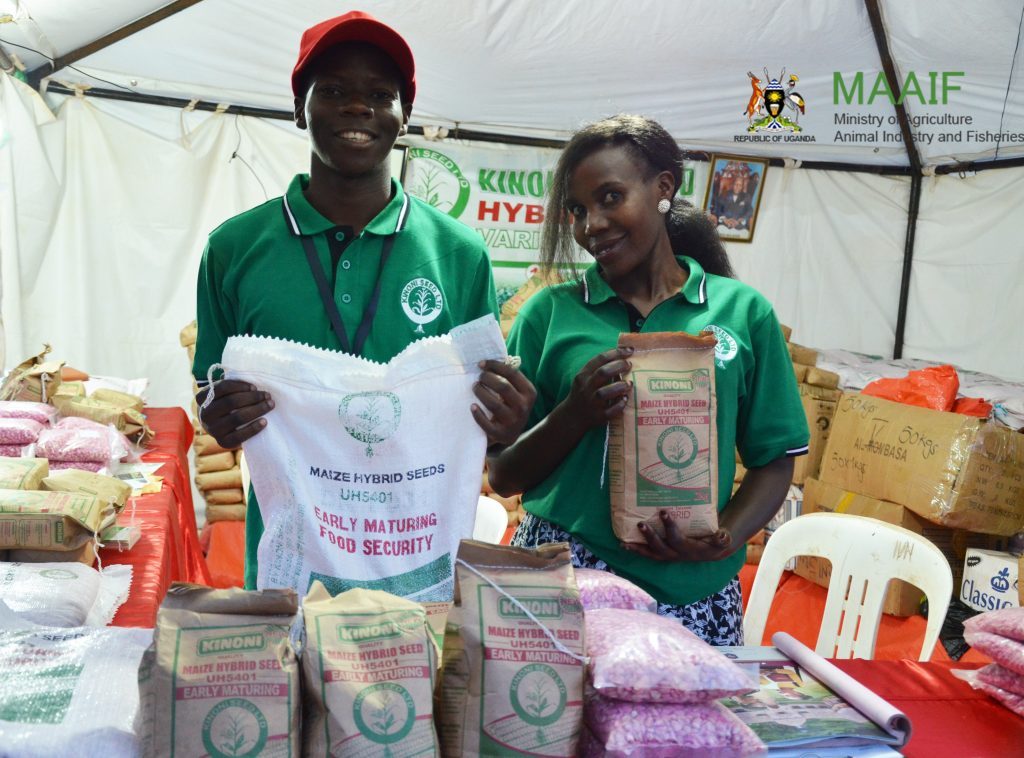
It also included the youth who are currently employed in the agricultural private sector or those affiliated to agricultural projects funded and promoted by both Government of Uganda (GoU) such as the Youth Livelihood Programme (YLP) and the Venture Capital Fund.
Four regional consultative workshops were held during the period August- September, 2016 and these were held in Lira town (for the Northern and West Nile region), Mbale town (for the Eastern region), Mbarara town (for the Western region), and Mukono (for the Central region), to ensure wide national consultations, contributions, acceptance and ownership.
A number of Agencies of the Ministry of Agriculture Animal Industry and Fisheries were consulted, including the National Agricultural Advisory Services (NAADS) and the National Agricultural Research Organisation (NARO) that is mandated to develop technologies which youth employed in agriculture can adopt for increased productivity and incomes.
Line Ministries including the Ministry of Gender, Labour and Social Development (MGLSD) that is mandated with labour issues and policies as well as the Ministry of Finance, Planning and Economic Development (MFPED) that funds and monitors youth-focussed programmes related to youth employment in agriculture.
As part of the building process, Universities and other tertiary institutions of learning were also represented in regional workshops alongside Youth organizations working with other development partner programmes such as World Food Programme (WFP), Purchase for Progress Programme, USAID’s Feed the Future programme and the Agricultural sector working group.
A number of organizations that have also been involved in the implementation of youth programmes were also consulted, especially on lessons learnt, such as BRAC and the African Development Bank Enable Youth Programme (Enable Youth Uganda).The Government of Uganda has prioritized the generation of more and better jobs for the youth.
Also, the current policy and strategic framework to promote youth employment is cognizant of the role that agriculture currently plays, and can potentially play to increase youth employment and contribution to national development.The National Strategy for Youth Employment in Agriculture (NSYEA) has been developed in total alignment with these existing frameworks, with the aim to foster policy coherence.Youth employment priorities are reflected at macro-level in the country’s National Development Plan (NDP II).
The Strategy was built along 5 thematic areas along which the partner institutions and implementing the recommendations and plans therein.
These include: Thematic Area 1 on “Strengthening The Enabling Framework for Youth Employment” Thematic Area 2 on “Support Youth-Oriented Agriculture Extension” Thematic Area 3 on “Improve Youth Education and Learning” Thematic Area 4 on “Support for Youth Entrepreneurship” and Thematic Area 5 on “Adaption to and Mitigation of Agribusiness Risks and Uncertainties.”


